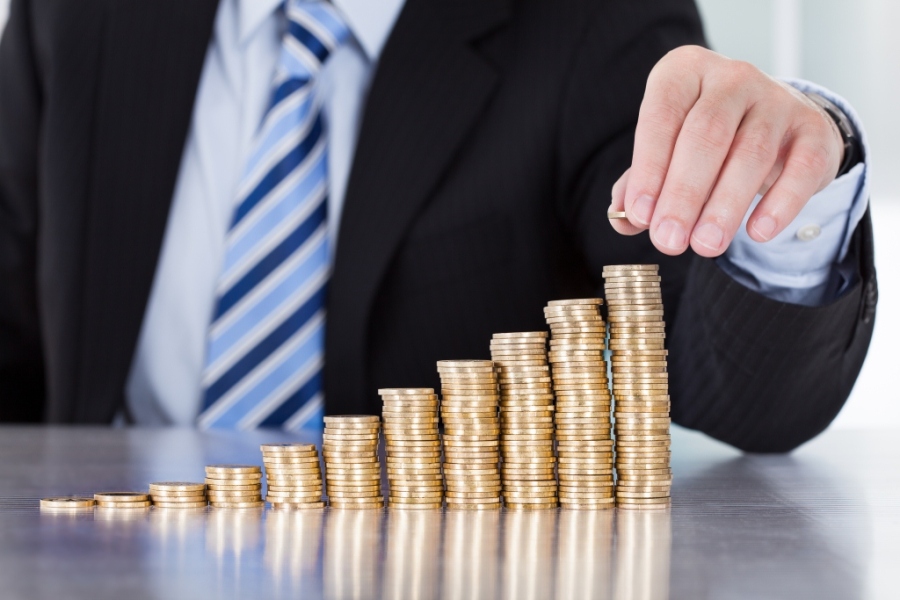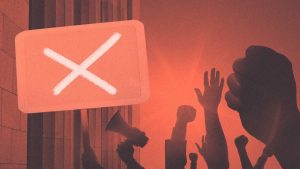Small businesses don’t have the same financing options available to them that large businesses have. But small businesses can use invoice factoring as a funding resource that helps them it two ways. A factoring company can provide a business cash advance based on future sales, and it can unlock tied up cash by purchasing invoices.
The following information explains how five important factoring metrics can improve cash flow:

-
Sales Outstanding
Days Sales Outstanding (DSO) is a metric used by small business to measure lost time between a sale and revenue collection. DSO is learned by dividing accounts receivable by credit sales and then multiplying by the number of days. A high DSO number reflects more time being lost, which can negatively affect cash flow. It can also alert you that the processes of billing and collections need improvement. -
Average Collection Period
Another helpful metric is Days in the Average Collection Period, which is found by dividing the product of days multiplied by the average amount of accounts receivables divided by net credit sales during the period. Keeping this number low is important for most small businesses because it lets them know how many new customers and large orders it can take. -
Working Capital Turnover
This metric for Working Capital Turnover is found when dividing sales by working capital. It reveals how much working capital has been depleted, which is useful in knowing how well your organization is using working capital for sales generation. High numbers represent high sales versus the amount of capital used to pay for operations and inventory. -
Receivable Turnover
To find out how well your business extends credit to your clients and how well it collects on debt, divide you net credit sales by the average amount of accounts receivables. The result will be accounts receivable turnover, which will help you decide whether or not to extend favorable terms that attract new clients. -
Churn Rate
The churn rate is an important metric because it tells you how many customers you lost over a certain number of days, which could reflect customer satisfaction.
Business & Finance Articles on Business 2 Community
(358)
Report Post





